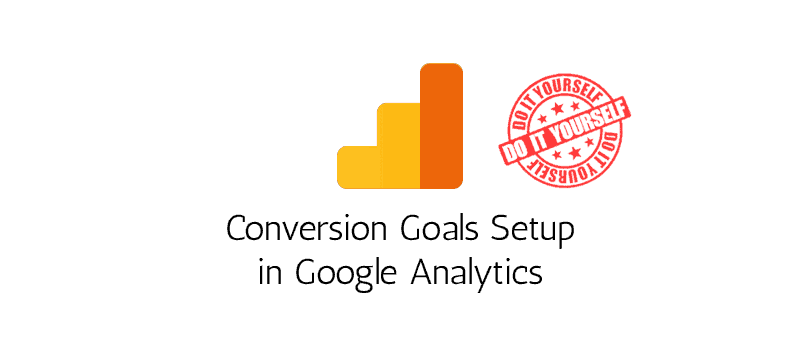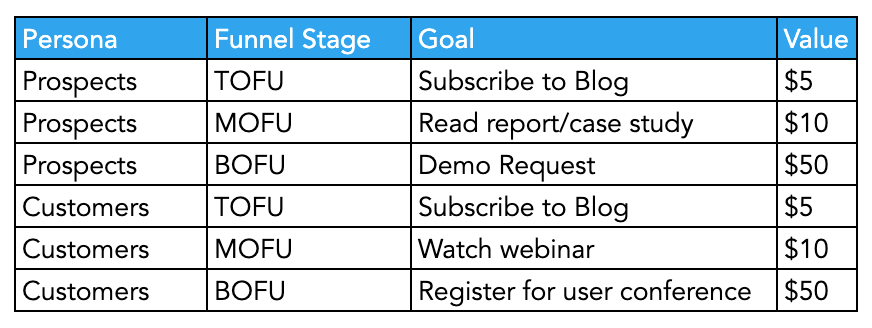Introducing the Blind Attractions: Recognizing What Google Analytics Goals Can not Gauge
In the world of electronic analytics, Google Analytics stands as an effective tool for monitoring and examining on-line individual communications. Amidst its robust abilities, there exist blind areas that commonly evade measurement. what data is google analytics goals unable to track. Comprehending what Google Analytics objectives can not determine is critical for gaining an extensive view of user actions and interaction. As we explore the complexities of these dead spots, we uncover a complicated internet of uncharted areas that hold useful understandings right into individual activities and motivations, difficult traditional wisdom and shedding light on the constraints of our data-driven understanding.
User Behavior on External Operatings Systems
Recognizing just how users interact on outside systems is critical for optimizing online methods. External platforms, such as social media networks, reference websites, and on-line forums, play a considerable role in driving web traffic to a firm's website. By evaluating customer behavior on these platforms, organizations can get useful insights right into the efficiency of their advertising efforts and the preferences of their target market.
One trick aspect of individual habits on exterior platforms is the reference source. By tracking where the individuals are originating from, companies can recognize which platforms are driving the most traffic to their internet site. This information can assist companies assign their resources extra efficiently, concentrating on the platforms that produce the most effective outcomes.

Offline Conversions and Interactions
Evaluating customer behavior on exterior systems gives important insights into online approaches; nonetheless, considering offline conversions and communications is similarly important for a thorough understanding of a business's total efficiency. Offline conversions, such as in-store purchases or phone inquiries, play a considerable function in many companies' success.

Acknowledgment Beyond Last Click
When diving into the realm of digital advertising analytics, it comes to be vital to look past the single touchpoint of the last click for an extra extensive understanding of acknowledgment. While Google Analytics provides useful insights into customer actions, relying entirely on last-click attribution can be restricting - what data is google analytics goals unable to track. Acknowledgment designs that go past the last click use a more nuanced sight of the customer trip, taking right into account all the touchpoints that lead to a conversion
Acknowledgment past the last click enables marketing professionals to appoint debt to different communications along the conversion course, offering a clearer image of the efficiency of various advertising and marketing networks. By exploring multi-touch blog attribution versions such as linear, time degeneration, or position-based attribution, organizations can much better designate their advertising spending plans and enhance their approaches for maximum effect.
Understanding the impact of each touchpoint in the conversion procedure is crucial for making informed choices and maximizing ROI. By accepting acknowledgment beyond the last click, services can get deeper insights into customer behavior and customize their marketing efforts extra effectively.
Cross-Device and Cross-Browser Monitoring

Likewise, cross-browser monitoring complements cross-device monitoring by recording user actions as they change between different internet internet browsers. Understanding just how customers communicate with sites on various web browsers can help marketers enhance their on the internet experiences to make certain consistency and performance across various platforms.
Qualitative Data and Customer Intent
Understanding individual intent through qualitative information analysis is crucial for creating targeted digital marketing strategies that reverberate with the demands and preferences of the target market. Qualitative information supplies insights into the 'why' behind user actions, shedding light on inspirations, emotions, and choices that quantitative information alone can not catch. By examining customer comments, remarks, and interactions, online marketers can reveal useful information about user intent, permitting them to tailor their messaging, web content, and offerings to better line up with what their audience is seeking.
Qualitative data likewise assists in recognizing the context see this website in which users involve with a website or app. This contextual understanding makes it possible for online marketers to produce even more appropriate and customized experiences, eventually driving greater interaction and conversion prices. By delving right into individual intent via qualitative data evaluation, organizations can gain a much deeper understanding of their target audience, bring about a lot more efficient marketing approaches that fulfill users' demands and expectations.
Final Thought
In verdict, Google Analytics goals have constraints in measuring user actions on external systems, offline conversions, attribution past last click, cross-device and cross-browser find more tracking, and qualitative information associated with user intent. what data is google analytics goals unable to track. It is essential for organizations to be familiar with these unseen areas in order to supplement their data evaluation with various other tools and approaches to gain a more comprehensive understanding of their audience and improve their total electronic marketing strategies
By analyzing customer habits on these systems, services can acquire useful understandings into the performance of their marketing initiatives and the preferences of their target audience.
Examining user actions on exterior platforms gives valuable understandings into on the internet approaches; nonetheless, taking into consideration offline conversions and communications is equally necessary for a detailed understanding of a company's overall performance.In digital advertising and marketing analytics, relocating beyond last-click acknowledgment to explore cross-device and cross-browser tracking is crucial for acquiring an all natural understanding of individual interactions across numerous systems and devices. By examining user feedback, remarks, and interactions, marketers can uncover beneficial information regarding user intent, permitting them to customize their messaging, web content, and offerings to better line up with what their target market is seeking.
By delving right into individual intent through qualitative data analysis, services can obtain a much deeper understanding of their target audience, leading to extra efficient advertising approaches that satisfy customers' assumptions and demands.